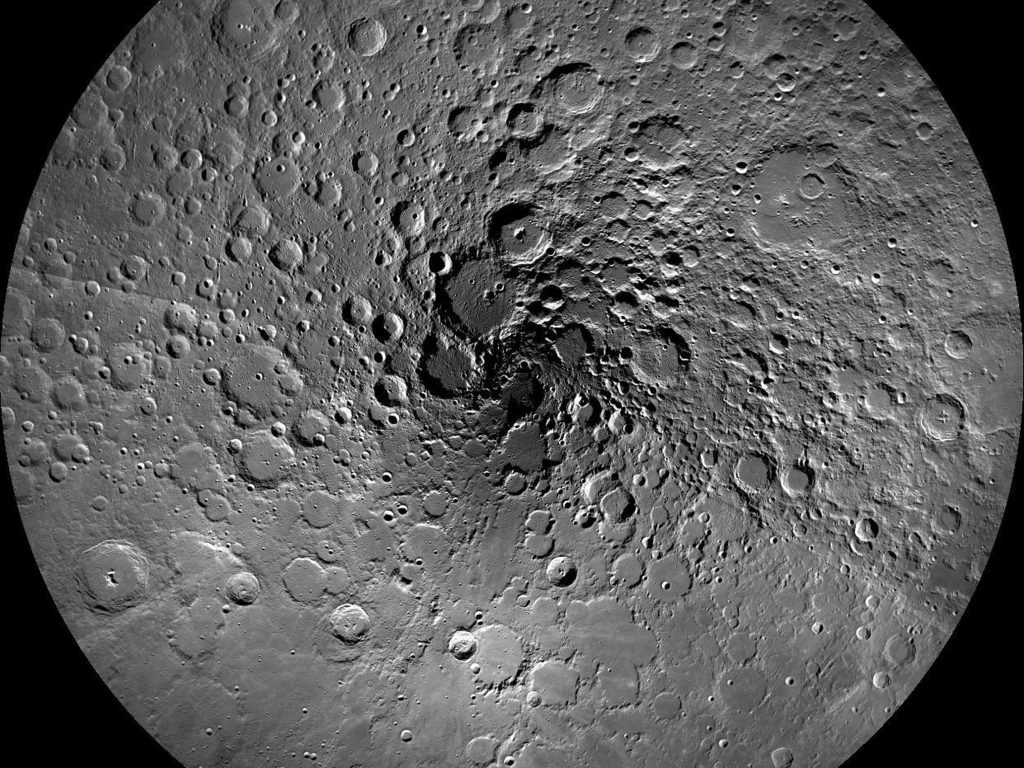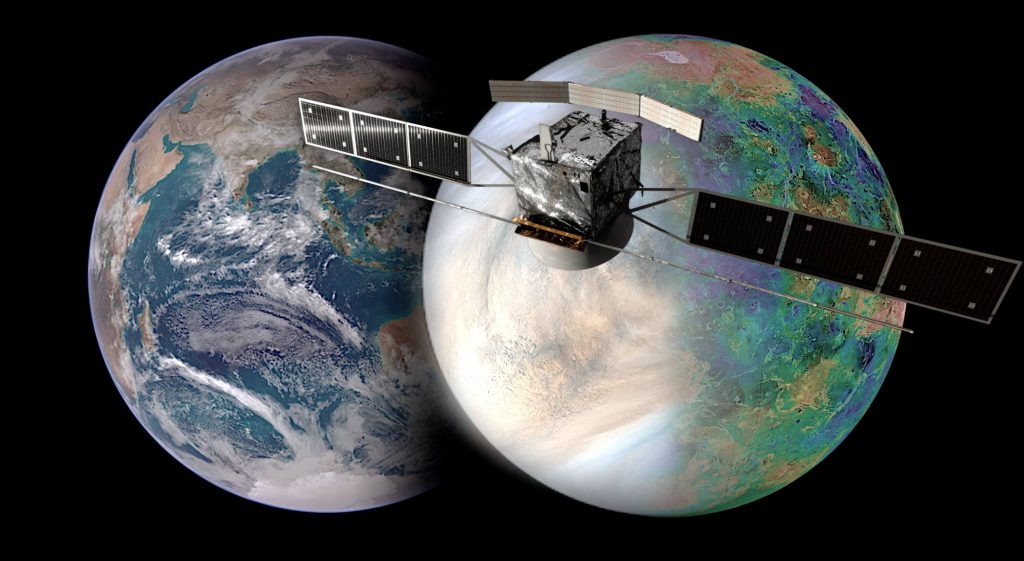 The EnVision Phase A study assessment study has been concluded and the related report, also known as the “yellow book”, has been prepared by the EnVision Science, Instruments and ESA Teams. It gives a complete description of the EnVision mission to Venus at the end of the phase A from a scientific, technical and operational points of view. It also reflects the (hard) work of tens of people across Europe and in the US in the last 3 years, and show what can be achieved when combining the best of science and engineering worlds.
The EnVision Phase A study assessment study has been concluded and the related report, also known as the “yellow book”, has been prepared by the EnVision Science, Instruments and ESA Teams. It gives a complete description of the EnVision mission to Venus at the end of the phase A from a scientific, technical and operational points of view. It also reflects the (hard) work of tens of people across Europe and in the US in the last 3 years, and show what can be achieved when combining the best of science and engineering worlds.
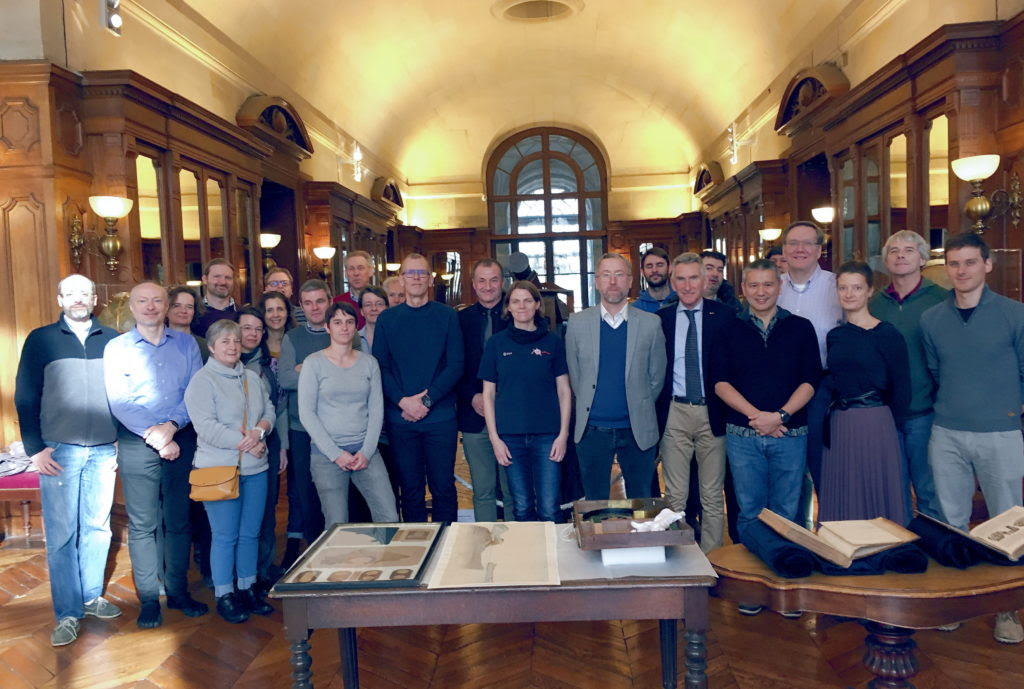
EnVision Science Study Team Meetign #6 / Payload Instrument & Experiment Leads, Paris Observatory Library Hall, Feb 10-11 2020. Left to right: Pascal Rosenblatt, Jörn Helbert, Doris Breuer, Colin Wilson, Véronique Ansan, Francesca Bovolo, Caroline Dumoulin, Arno Wielders, Lorenzo Bruzzone, Séverine Robert, Dmitri Titov, Ann Carine Vandaele, Björn Grieger, Jens Romstedt, Thomas Widemann, Jayne Lefort, Thomas Voirin, Benjamin Lustrement, Luigi Colangeli, Emmanuel Marcq, Goro Komatsu, Richard Ghail, Walter Kiefer, Ana Rugina, Scott Hensley, Gabriel Guignan.
RSLab is deeply involved in EnVision as Lorenzo Bruzzone is the Lead for the Sub-surface Radar Sounder (SRS) instrument and Francesca Bovolo is a member of the ESA Science Study Team. Moreover many RSLab members have cotributed to the Phase A study of the SRS instrument.
The yellow book will be the basis for an independent scientific evaluation of the mission which is just starting – in parallel the EnVision study has also entered an extensive review by ESA (called the “Mission Selection Review”) to confirm its technical and programmatic feasibility.
The outcomes of these two parallel processes (scientific assessment and mission selection review) will feed the decision by ESA in June 2021 on the next Medium-class mission (“M5”) within ESA’s Cosmic Vision science programme , among the two remaining candidates : Theseus and EnVision.




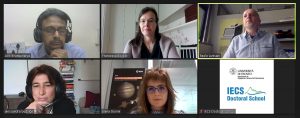
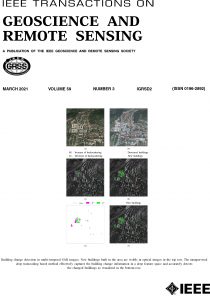
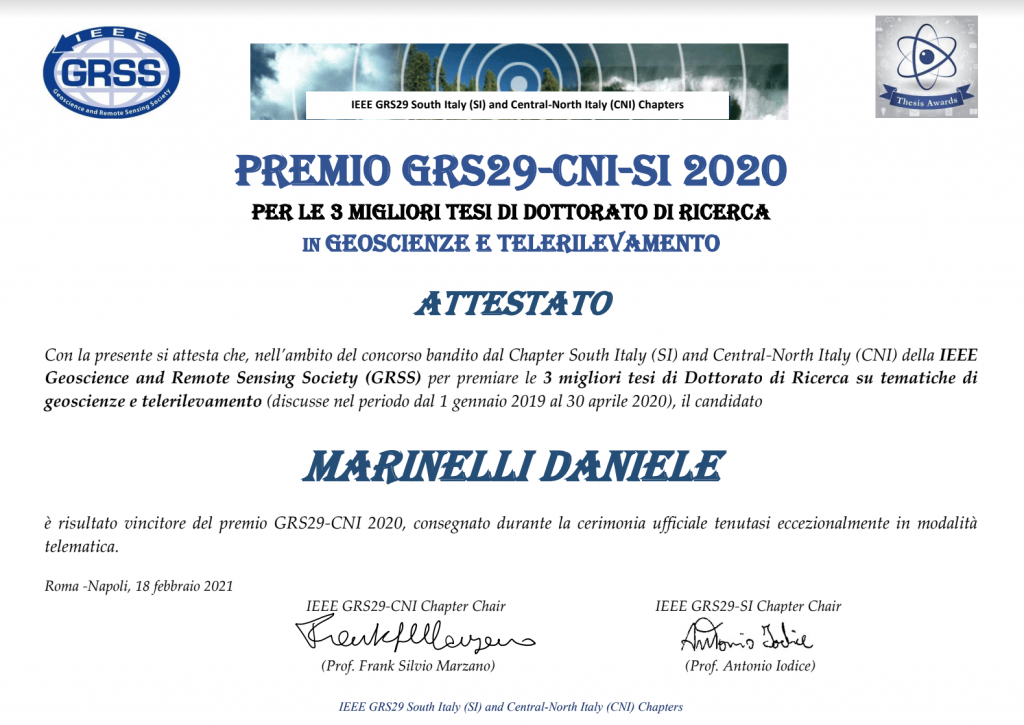 The award was presented to the best three PhD Theses defended in the period January 2019 – April 2020. The title of the PhD Thesis is “Advanced Methods for Change Detection in LiDAR Data and Hyperspectral Images” (supervisor : Prof. L. Bruzzone),
The award was presented to the best three PhD Theses defended in the period January 2019 – April 2020. The title of the PhD Thesis is “Advanced Methods for Change Detection in LiDAR Data and Hyperspectral Images” (supervisor : Prof. L. Bruzzone),


